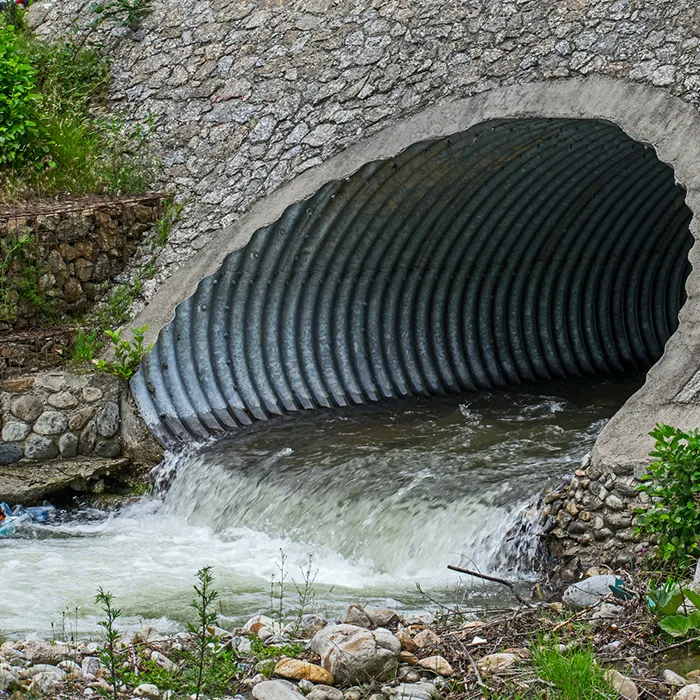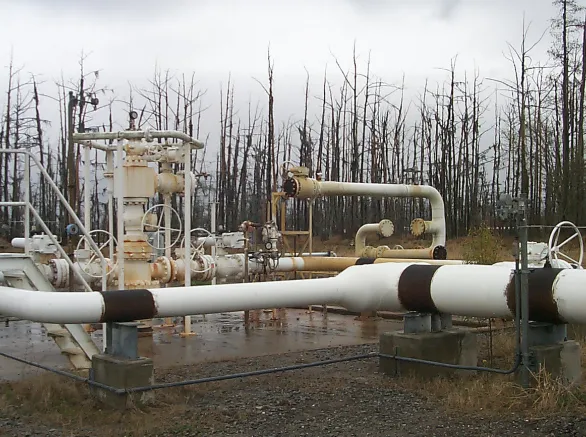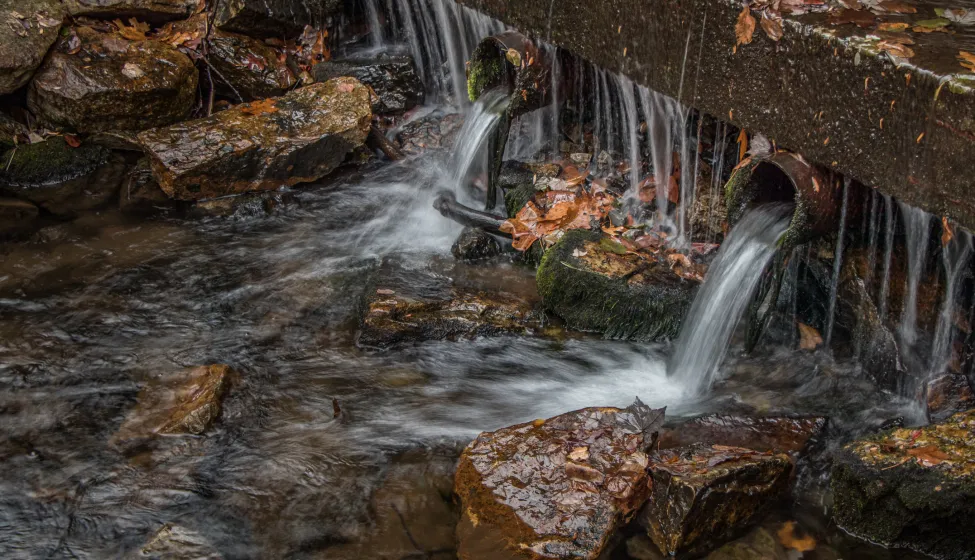June 24, 2025
The 1972 Clean Water Act (CWA) was revolutionary for water quality in the U.S. Through the CWA, the U.S. Environmental Protection Agency developed extensive procedures and guidance for discharges from wastewater treatment plants and other "point sources" that flowed into the nation's waterways. Through these efforts, many waterways in the U.S. were transformed to better support aquatic life and recreational uses like swimming and fishing.
In 1987, EPA added requirements for stormwater runoff to help further improve water quality; however, these sources of runoff are unpredictable and difficult to control. Today, many municipalities struggle to meet water quality standards during wet weather conditions. In a recent report for the Water Research Foundation (WRF), Exponent's Susan Paulsen, P.E., Ph.D., and Stantec Consulting Services Inc.'s Lin Liang, P.E., BCEE, present the results of a study they conducted to evaluate permitting approaches and compliance tools for wet weather conditions across the U.S.
The report, titled "Establishing Seasonal Targets for Receiving Waters: Rethinking Wet Weather Versus Dry Weather Expectations," describes the challenges municipalities and utilities face in developing and implementing wet weather regulatory programs and offers some solutions that could be implemented to speed the regulatory process and improve water quality. Dr. Paulsen and Mr. Liang conducted interviews with 18 utilities around the U.S. to determine how they treat wet weather flows, including stormwater and combined sewer overflows. The report includes the results of their surveys, along with case studies that detail regulatory policies and procedures across the U.S.
Based on the results of these surveys and case studies, the authors propose recommendations for EPA and state regulatory agencies, including adjusting water quality standards to account for differences between wet weather and traditional point source discharges; revising permitting to focus on water quality improvement over permit compliance; establishing technology-based effluent limitations; recognizing natural and uncontrollable sources of water pollution; and exploring alternative wet weather modeling and analysis approaches.

"Establishing Seasonal Targets for Receiving Waters: Rethinking Wet Weather Versus Dry Weather Expectations"
Access the full article with login here
From the publication: "The regulated community is concerned that current regulatory approaches are incompatible with the unique characteristics of wet weather flows and that the approaches incentivize permit compliance over improved water quality outcomes."
Insights


